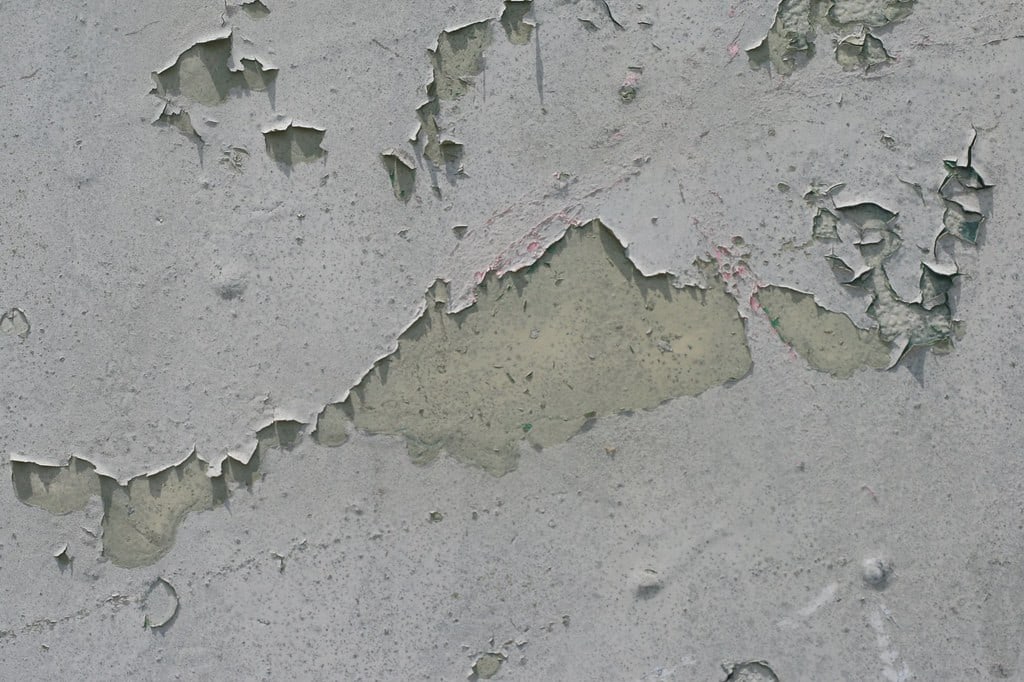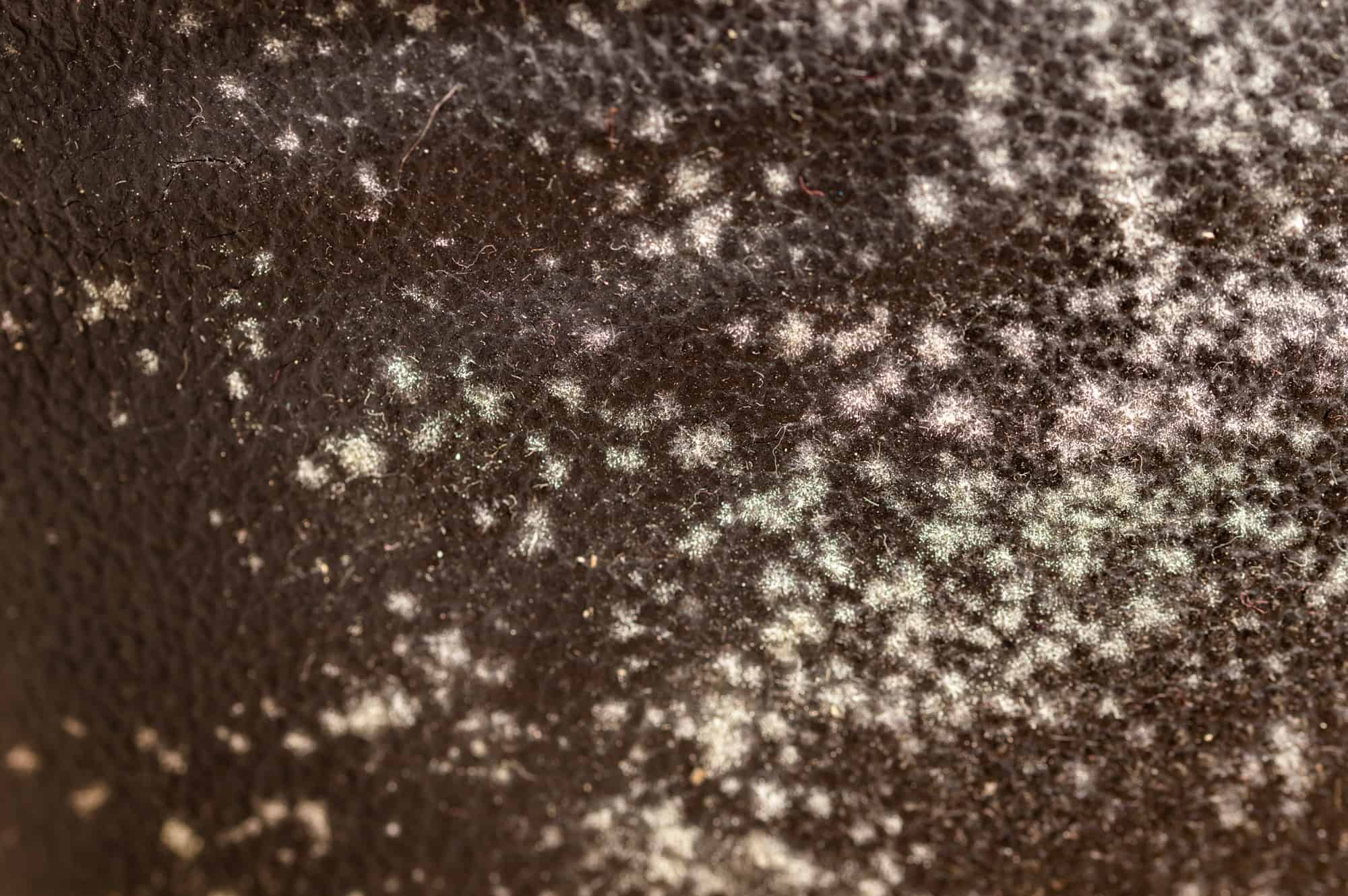It’s always more enjoyable to invite guests over when you have a home environment you feel proud of. One of the ways to feel prideful about where you live is by choosing pieces of furniture you find aesthetically pleasing. Outdoor furniture is especially important if you are the type of person who enjoys the bliss of nature. Hosting barbecues during the summer, sipping tea on your porch with friends, or simply sitting back to admire the sunset are a few activities that typically require at least a few pieces of outdoor furniture.
When comfortable outdoor furniture is strategically placed around your home, you have the ability to relax and unwind. Outdoor furniture can be found in backyards, on balconies, on front porches, around pools, and in gardens. The main stipulation that comes along with owning outdoor furniture is that these pieces need to be properly taken care of to last. If your outdoor furniture is being neglected and ignored, the pieces will start to show signs of wear and tear. These are some of the telltale signs that your outdoor furniture needs more love and attention.
Chipped Paint

Chipped paint takes away from the beauty of outdoor furniture.
According to The Senior, an obvious sign that your outdoor furniture needs to be replaced is if you’re noticing chipped paint. Chipped paint is caused by too much moisture in the air, too much dryness in the air, or other environmental factors. Accidents where something accidentally rubs against a piece of furniture and causes paint to chip can occur. If the furniture was painted with expired paint or cheap paint, there’s a chance the paint will start chipping way sooner than expected.
If the surface preparation wasn’t handled correctly before paint was originally applied, that could become a bigger issue later also. Some people would rather repair areas of chipped paint in a DIY manner instead of buying new furniture altogether. If that’s the case, you’ll want to determine how many areas of chipped paint must be handled, thoroughly clean those areas, smooth out any raised edges, and apply an ample amount of primer. After that, add the new paint, apply clear coat, and polish the repaired area for smoothness.
Permanent Stains

Stains are a sign that furniture isn’t being taken care of properly.
©whitejellybeans/Shutterstock.com
Permanent stains are one of the peskiest issues to deal with when it comes to your outdoor furniture. Some food items that lead to permanent stains include hot chocolate, coffee, tomato sauce, and red wine. Spills can happen to anyone – even the most careful individuals. If there are small children running around, fecal matter and permanent marker are a couple other reasons permanent stains might occur.
If the piece of furniture in question is one you can’t picture yourself letting go of, do your best to remove permanent stains before totally giving up! Sprinkle baking powder over a stain and let it sit there for about 20 minutes. After that, vacuum up the baking soda and continue repeating this exact process until the stain starts lightening up. Another option would be utilizing furniture covers that slide over each piece to hide permanent stains from sight. Furniture covers won’t remove permanent stains, but they’ll easily hide all traces of them.
Mold and Mildew Growth

Outdoor furniture in dire need of care will develop mold.
©Cunaplus_M.Faba/ via Getty Images
The most unfortunate reality of mold and mildew growth is that it doesn’t smell good at all. If your outdoor furniture has been rained on multiple times since it’s been purchased, there’s a chance mold and mildew has already started growing. Mold and mildew are the result of excessive moisture. This means outdoor furniture is highly susceptible based on the environment where you live. When mold and mildew, first start growing, it shows up as dark patches with powdery flecks on top. You can attempt to handle the issue by spraying vinegar over the affected areas. If that doesn’t help, your best bet would be to toss out the furniture and buy some replacements. Mold has a musty and stale smell to it. The smell ruins the vibe of relaxation and peacefulness if it’s in the air. Your outdoor furniture shouldn’t be tainted by the disgusting aroma of damp decay.
Creaking Noises

If outdoor furniture sounds creaky, it may be time to find replacements.
©ehrlif/iStock via Getty Images
Every time you sit down on your outdoor furniture, loads of creaky sounds shouldn’t be the first thing you hear. If you are hearing creaks, it means your furniture is way too old. Creaking furniture is a sign your furniture is aging and hasn’t been taken care of in the best way. If the furniture is made out of wood, rainy weather can cause the material to start weakening and breaking down. How will anyone have peace of mind about your outdoor furniture if it doesn’t feel totally sturdy?
The fear of your patio chair collapsing at any moment while you’re sitting in it is terrifying. The concern that your backyard table will collapse after food is placed on top of it is just as alarming. When it comes to creaking furniture, it’s best to throw away old pieces to make room for stronger replacements. While there are some issues that can be handled on a DIY level, this shouldn’t be one of them. As a safety precaution, replacing creaky furniture with pieces that are sturdier and more secure is the smartest route to take.
Visible Rust

Rust is not a pretty sight to see on outdoor furniture.
©Tim Bingham/ via Getty Images
If any of your outdoor furniture is made out of metal, there’s a chance it’s already starting to show signs of rust and corrosion. After all, rust eats away at metal. Despite how sturdy your metal chairs and tables might’ve been when you first purchased them, rust aggressively ruins structural integrity. To make matters worse, rust is visually unattractive. There’s nothing aesthetically pleasing about it! If rust isn’t something you want guests to see when they’re spending time at your home, removing any rusty furniture you have is a must. If the areas of rust you notice are still quite small, you can use vinegar to dissolve any minor patches before they become more widespread. You can also contact a professional service who specializes in removing rust if it’s highly important for you to preserve your outdoor furniture.
Sun-Damaged Materials

Sun-damaged outdoor furniture likely hasn’t had any shade or care for a while.
The fabrics on your furniture might be super worn down if they’ve been under direct sunlight for extended periods of time. Other furniture materials at risk include wood, metal, and glass. The sun is extremely powerful and its light causes damage to unshaded outdoor furniture. It’s easy to see that a piece of outdoor furniture has been sun damaged if the fabric’s color has faded or the fabric has started developing unsightly cracks. A few of the ways to prevent sun damage from impacting your outdoor furniture is by hanging curtains, using solar blinds, or draping throw blankets and pillows. Once the color has faded out of your favorite outdoor furniture, it’s nearly impossible to get it back. The best way to handle the sun damage is through prevention.
Animals Bites and Scratch Marks

Squirrels and other critters are known to chew up outdoor furniture.
©Lateman/Shutterstock.com
Take some time to analyze the leg bottoms of your outdoor tables and chairs. If there are bite and scratch marks all over from different wild animals, this is a sign that your outdoor furniture might need to be replaced soon. Some of the most common animals to venture into your backyard from the wild include squirrels, porcupines, and raccoons.
Squirrels, in particular, love chewing up wood whenever they have access to it. Sometimes, they’re trying to extract salts that they taste inside the wood and other times, they’re trying to burrow their way into a warmer environment. Mice, rats, beavers, and chipmunks also have reputations for gnawing and clawing on wood furniture they find in your backyard. Vinegar is a wonderful ingredient to use in order to repel wild animals from these behaviors. It’s a fragrance they hate inhaling, so spraying your outdoor furniture with vinegar will make a difference.
Thank you for reading! Have some feedback for us? Contact the AZ Animals editorial team.








